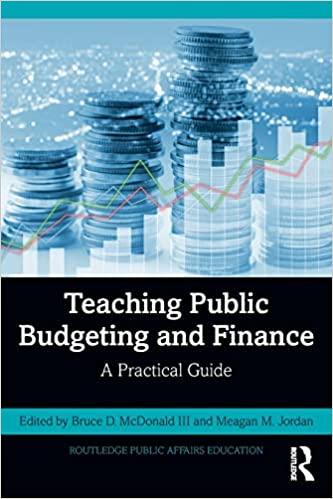Question 1 You are a mean-variance investor who currently holds a market portfolio. You are considering making an additional investment into one of the available stocks: either stock Amazon (A) or stock British Petrol (B). There are three possible scenarios (with equal probability of each scenario) for the economy. The returns for each scenario for stock A, stock B and for the market portolio are the following Scenario Bust Normal Boom En) Market 20% 10% 40% Rates of Return Stock A 25% 15% 70% 20% Stock B 85% 5% 40% 24.5% 51.7% The table also gives you the expected return and risk for stocks A and B and for the market portfolio but it is not complete as it includes the question marks. You are also told that the correlation coefficient between the market returns and the retuns on stock A is 0.996 Complete the table, specifically calculate the expected return for market portfolio and stock B and the standard deviation for the stock A (20 marks) Your friend who has studied Business Finance gives you the following advice: From the perspective of risk diversification you should not consider making any investment into asset B as it has lower expected return and greater risk than asset A. Instead, you should add asset A to your portfolio as it can provide you with a greater expected return and moderate risk." Is this advice correct? Would you follow it? Explain your answer in the light of portfolio theory and justiy it with the relevant computations. (30 marks) Explain briefly how mean-variance investors make investment choices in the situation where only risky assets are available in the economy. In your explanation, refer to the portfolio frontier and/or efficient frontier and, using the relevant graph, show explicitly how the individual risk preferences affect the optimal choice. (20 marks) Find the market betas for each stock and comment on their values. Assuming that a risk free rate is 8%, what does the CAPM say about the expected rate of return on the two stocks? Compare the CAPM expected returns with those that you have and decide whether the stocks are underpriced or overpriced. Explain how would this information be useful to the investors. (30 marks)








